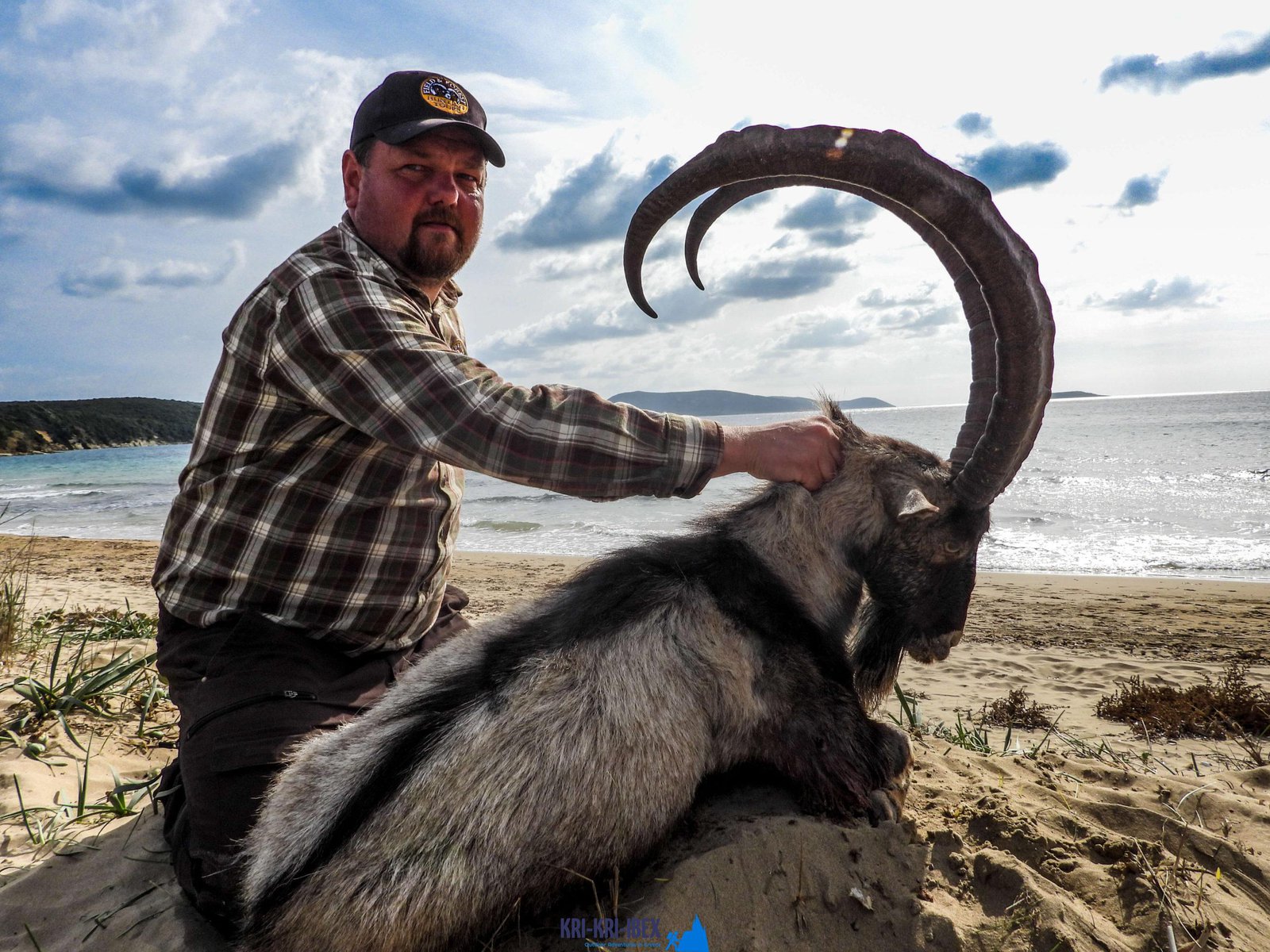Experience the thrill of kri-kri ibex searching in Greece
Experience the thrill of kri-kri ibex searching in Greece
Blog Article

Hunting for Kri Kri ibex in Greece is a fantastic searching expedition as well as wonderful trip done in one. Ibex hunting is usually a severe experience, however not in this instance! Dive to shipwrecks and spearfishing in old Greece, or appreciate ibex searching in an exotic location are simply a few of the important things you might do during a week lengthy ibex searching excursion in Greece. Can you think about anything else?

There is no collection variety of Ibexes, as the populace changes. The Kri-Kri is the smallest ibex types (Capra Aegagrus Cretica) in terms of body weight, however it has some lengthy horns. Although some specimens were determined at 115 centimeters in size, they were not counted in the survey. Hunting of the Kri-Kri ibex is presently happening in Greece. An Ibex gold trophy procedures 24 inches long. Searching is permitted on Atalanti and Sapientza islands. On Atalanti, hunting is enabled from the recently of October to the initial week of December. Searching in Sapientza is permitted the whole month of November, thinking the weather is favorable.
Our outside hunting, angling, and also free diving trips are the best means to see whatever that Peloponnese needs to use. These excursions are developed for tourists who wish to leave the beaten path as well as actually experience all that this amazing region has to use. You'll reach go searching in several of one of the most beautiful wilderness areas in Greece, fish in crystal-clear waters for a variety of different species, and free dive in several of one of the most stunning coast in the Mediterranean. And also most importantly, our knowledgeable overviews will certainly exist with you every action of the means to make sure that you have a delightful and safe experience.
Experience 'Real' Greece with Our Peloponnese Tours. If you're trying to find a genuine Greek experience, look no more than our Peloponnese trips. From old damages as well as castles to scrumptious food and red wine, we'll show you everything that this remarkable area has to supply. So what are you waiting on? Book your journey today! Your Kri Kri ibex hunting in Greece is below!
What is the diference between Kri Kri ibex, Bezoar ibex and hybrid ibex
The kri-kri is not thought to be indigenous to Crete, most likely having been imported to the island during the time of the Minoan civilization. Nevertheless, it is found nowhere else and is therefore endemic to Crete. It was common throughout the Aegean but the peaks of the 8,000 ft (2,400 m) White Mountains of Western Crete are their last strongholds–particularly a series of almost vertical 3,000 ft (900 m) cliffs called ‘the Untrodden’—at the head of the Samaria Gorge. This mountain range, which hosts another 14 endemic animal species, is protected as a UNESCO Biosphere Reserve. In total, their range extends to the White Mountains, the Samaria National Forest and the islets of Dia, Thodorou, and Agii Pandes.
This Ibex is NOT a diminutive form of the Bezoar Ibex, which has migrated into the western-most reach of the range of this species. The kri – kri (Capra aegagrus cretica), sometimes called the Cretan goat, Agrimi, or Cretan Ibex, is a feral goat inhabiting the Eastern Mediterranean, previously considered a subspecies of wild goat. The kri-kri has a light brownish coat with a darker band around its neck. It has two horns that sweep back from the head. In the wild they are shy and avoid tourists, resting during the day. The animal can leap some distance or climb seemingly sheer cliffs.
“The agrimi goat Capra aegagrus cretica is unique to Crete and its offshore islands. It has been identi®ed as a sub-species of the wild bezoar goat Capra aegagrus aegagrus Erxleben, 1777, which it closely resembles in horn shape, body form and coloration. This classi®cation has been disputed by some researchers who claim that the agrimi are feral goats, derived from early domestic stock brought to the island by the ®rst Neolithic settlers. In order to clarify this issue, DNA analyses (cytochrome b and D loop sequences) were carried out on tissue of live and skeletonized agrimi and compared to sequences of wild and domestic caprines. Results conclusively show the agrimi to be a feral animal, that clades with domestic goats (Capra hircus) rather than with wild Asiatic bezoar. This study demonstrates that morphometric criteria do not necessarily re¯ect genetic af®nities, and that the taxonomic classi®cation of agrimi should be revised.”
Report this page